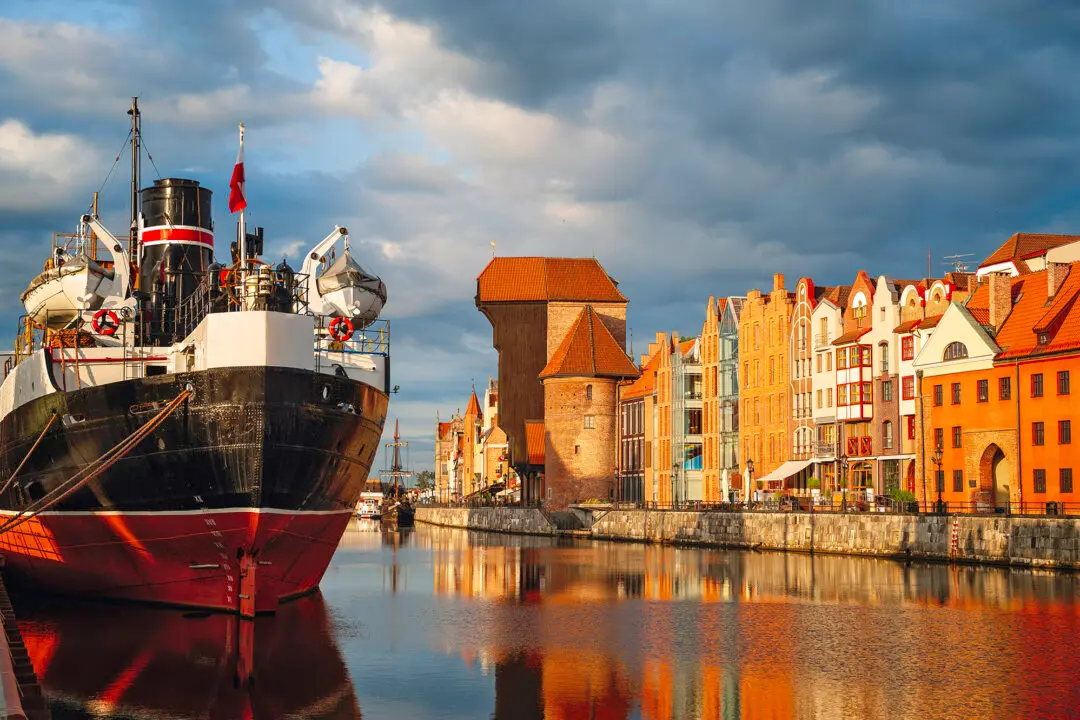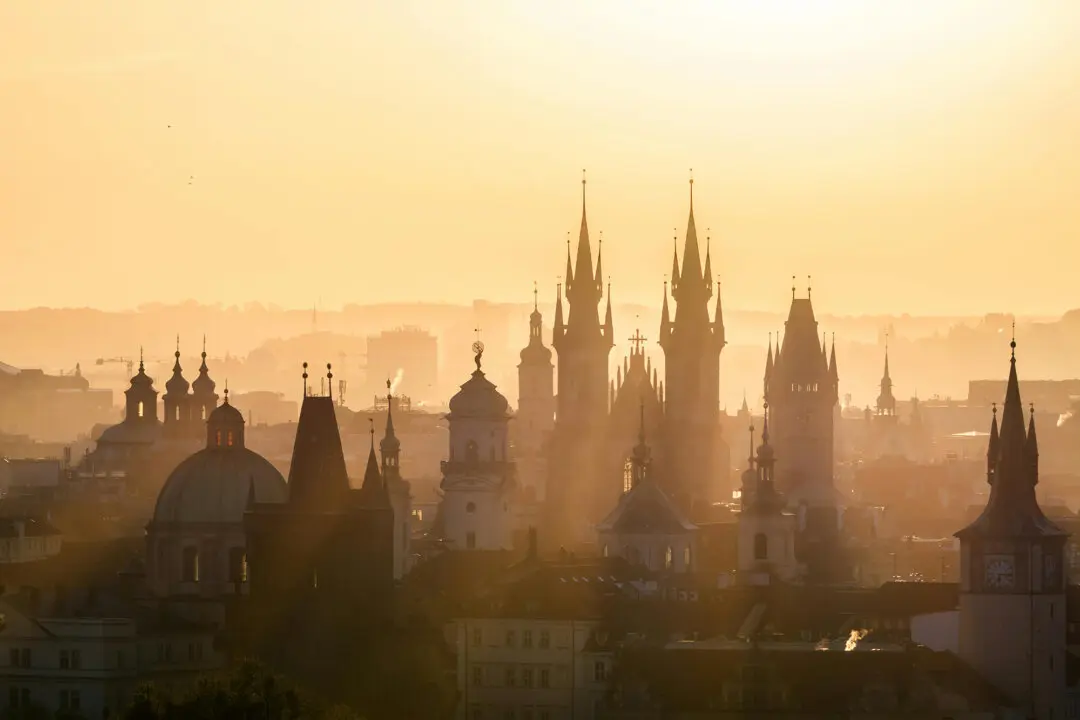On any given day, thousands of tourists, and probably most of the locals, walk right by this place, unaware that there’s a sovereign country, just inside. The street, broad and lined with fashionable boutiques, today was busy with a crush of foot traffic, and everyone pushing their way through to the Spanish Steps, just a couple of blocks away. It’s a little after midday, but everyone’s looking a little tired and hot from their tourist travails, making their way around The Eternal City.
Only able to find scant bits of information on the internet, and a location on Google Maps, I walked slowly, seeking out the correct entrance. And then, there it was, a little alcove, sandwiched between a Hermes and a Jimmy Choo, two red flags hanging over the front.





